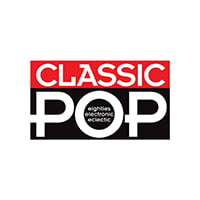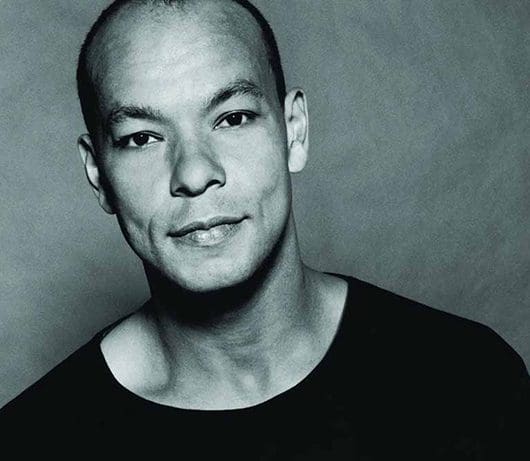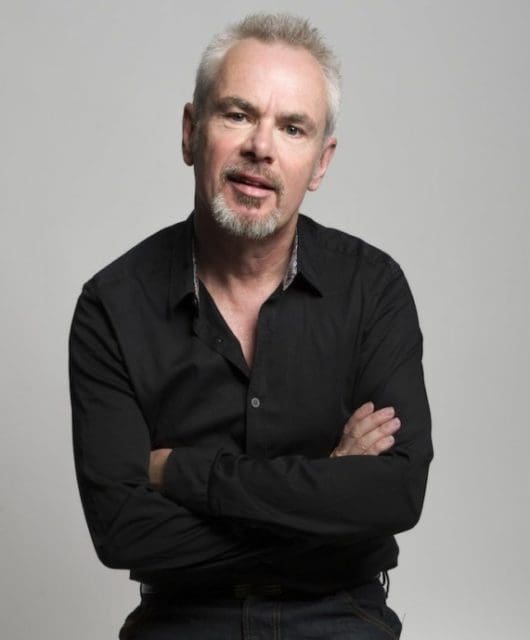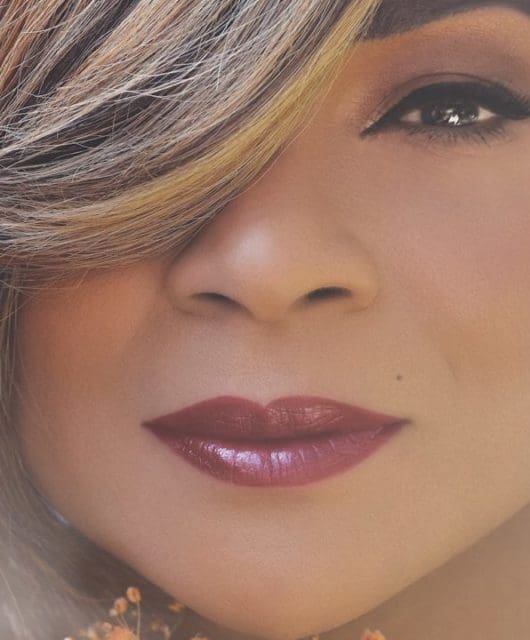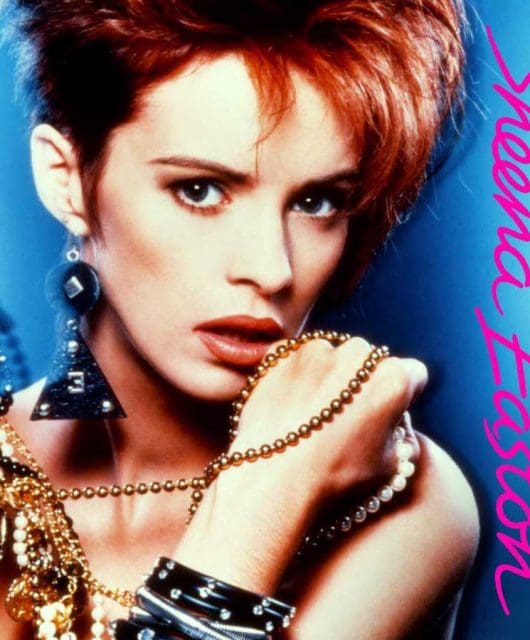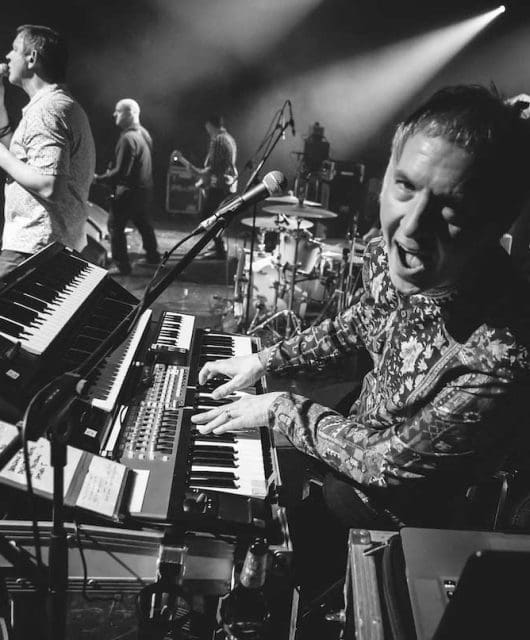Q+A: Mark Rogers
By Classic Pop | January 23, 2020
What has the lead singer of Hollywood Beyond been up to these past three decades? Will Simpson finds out…
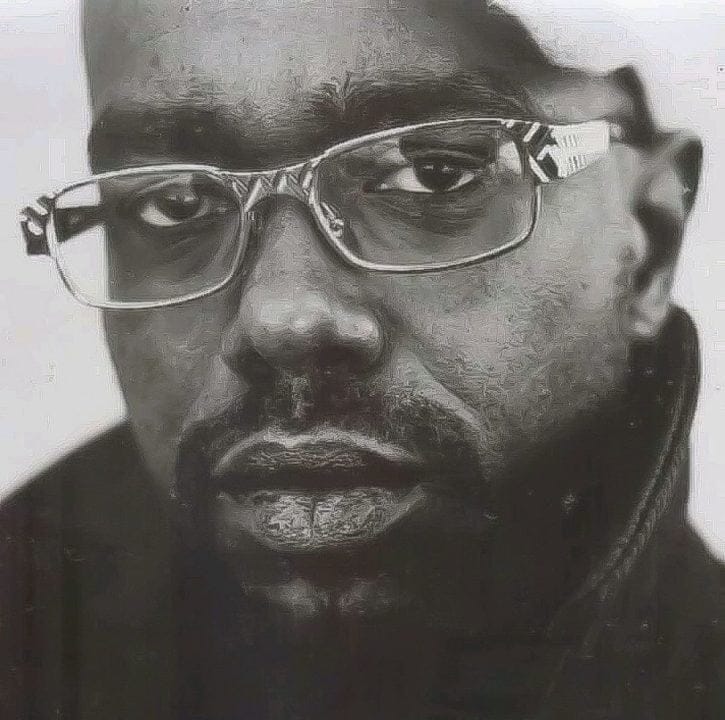 One of the most memorable one-off hits of the mid-1980s, What’s The Colour Of Money? reached the Top 10 in July 1986 and for a month or so Mark Rogers, aka Hollywood Beyond, was one of British pop’s next big things. The Birmingham-raised frontman made the cover of Smash Hits, performed on Top Of The Pops and The Tube and released his only major label album If, which, unusually for its time, genre-hopped between funk, pop and, in the case of the hit single, Eastern European folk. After it flopped, Rogers relocated to New York to make house music on his own Freetown Inc label. He’s now back and has reactivated the Hollywood Beyond name. Meanwhile, If, after years as a hard-to-find rarity, has been reissued on Cherry Pop.
One of the most memorable one-off hits of the mid-1980s, What’s The Colour Of Money? reached the Top 10 in July 1986 and for a month or so Mark Rogers, aka Hollywood Beyond, was one of British pop’s next big things. The Birmingham-raised frontman made the cover of Smash Hits, performed on Top Of The Pops and The Tube and released his only major label album If, which, unusually for its time, genre-hopped between funk, pop and, in the case of the hit single, Eastern European folk. After it flopped, Rogers relocated to New York to make house music on his own Freetown Inc label. He’s now back and has reactivated the Hollywood Beyond name. Meanwhile, If, after years as a hard-to-find rarity, has been reissued on Cherry Pop.
What was your catalyst in terms of making music?
My cousin back in the 70s was a singer – I used to see him gig back then. From the age of five I played classical music and became one of the youngest people to get into the London College Of Music. I’ve always liked different types of music. I grew up in a predominantly white area and got into headbanging rock music – Uriah Heap, Deep Purple – as a kid. Then I got involved around Duran Duran; for a while I virtually lived down the Rum Runner.
Prior to Hollywood Beyond you were in a jazz-funk band. Tell us about that.
Yeah, I was a proper jazz-funker – went to all-dayers, all-nighters. Pyramid was a university band – all instrumental – and our manager said at the time, “Well, somebody has got to sing.” Everybody took a step back and I was left so I ended up singing.
So how did Hollywood Beyond come about?
I left Pyramid because I wanted to step up my game. I left with Jamie Rose, my manager, and one time we were having breakfast deciding what we were going to do and I was reading the Kenneth Anger book Hollywood Babylon, which is how I came up with the name.
Did you have an inkling What’s The Colour Of Money? would be a hit?
I wrote it in five minutes and knew it was a hit straight away. The record company agreed but warned me that, “It will either make you or break you”. I said, “Well let’s just roll with it.”
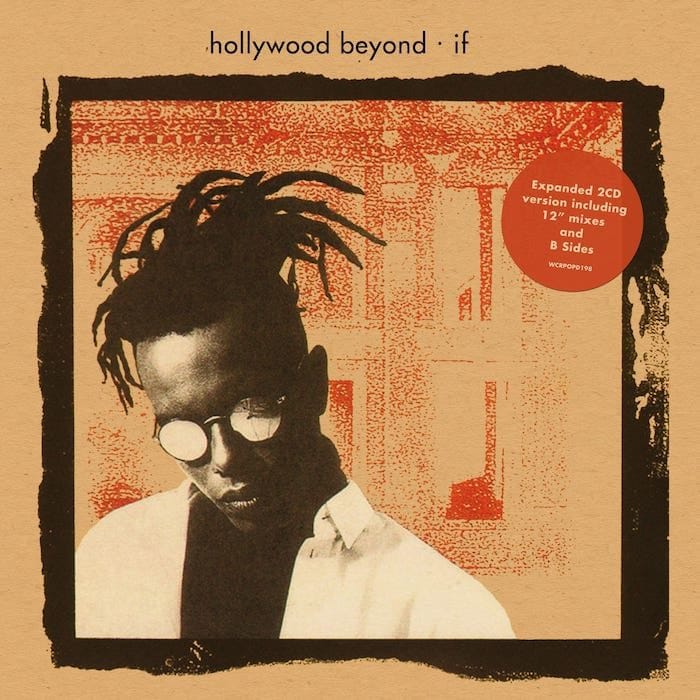 How would you describe the experience of being a pop star in that year, 1986?
How would you describe the experience of being a pop star in that year, 1986?
I wish I’d enjoyed the moment a little bit more. At the time it frustrated me that I was promoting songs that I had written three or four years [previous]. But I travelled the world doing my thing and got to work with some of the best producers at that time – people like Bernard Edwards and Mike Thorne.
You had a striking image at that point. Did you have people come up to you on the street singing the hit?
One of my most enjoyable moments around that time was when I was in living in Lancaster Gate in London. I got up in the morning early because I had to be at Warner Bros and there was the milkman there who I overheard singing What’s The Colour Of Money?. That was a real thrill for me.
What went wrong with the album?
Timing was a problem. The follow-up, No More Tears, missed the Top 40. Then the next single Save Me was due to come out the week after the Zeebrugge ferry disaster. Warners said it was inappropriate and shelved it. And the next record wasn’t ready for God knows how long. By that time things had changed – I had got into house music which wasn’t something that Warners understood. They wanted to extend my contract but I didn’t show up for the meeting. I didn’t want to do it. I didn’t think I was going to be satisfied creatively.
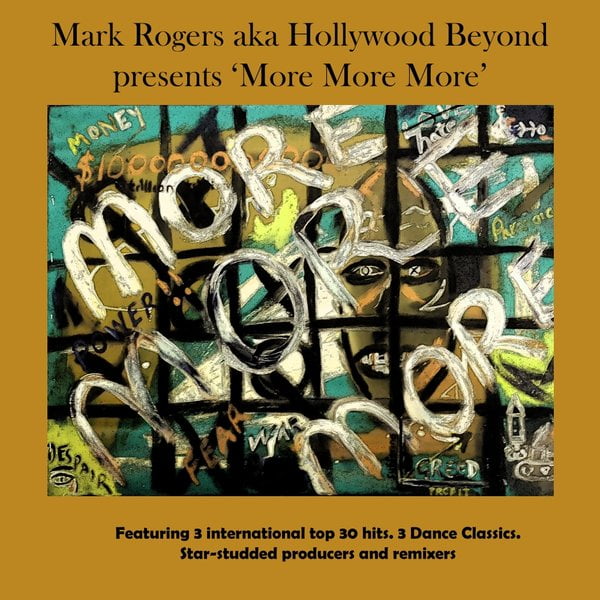 You were one of a handful of black British pop stars in the 80s. At the time did it feel you were up against prejudice within the music industry?
You were one of a handful of black British pop stars in the 80s. At the time did it feel you were up against prejudice within the music industry?
Personally, I didn’t feel prejudice. Not as a black person. I think there was with great singers who didn’t look the part and didn’t get through, where it was all about the styling and how you looked rather than the talent you had.
You played a part in ‘discovering’ Mica Paris – how did that come about?
Mica was 16 or 17 when she came to us to audition and we [Hollywood Beyond] adopted her. She sang backing for us for a while and then we introduced her to Island and she never looked back. I always saw her as a British Chaka Khan and they made her sound a little bit old for her age. She should have been doing raunchier songs.
So what’s been happening in the intervening three decades?
After I left Warners me and my best friend at the time formed a dance label called Freetown Inc to release house music. I moved to New York and put out records by people like Robert Owens and Jamie Principle as well as ones under my own name. I got married and got divorced and I’m back in England now because my parents are of an age where I’d like to be around them. I’ve got the energy back and I’m itching to play live. I just want to put my face out there again.
Have you had offers to do any Here & Now-type events?
Yes – I’ve got nothing against them but I’m living in 2019. As much as I appreciate my history I’ve always wanted to move forward. I’d rather do something that spans the whole of my career than just performing What’s The Colour Of Money?.
What music are you doing now?
I have an album out at the moment – More More More, which is a collection of songs that I’ve done over 30 years. I also have three singles that I want to release.
How do you look back on If these days?
I think it was ahead of its time! I remember saying back then that if these songs still hit home after 20 years then I will have done a good job. Maybe it will now be recognised for what it was.
Will Simpson
